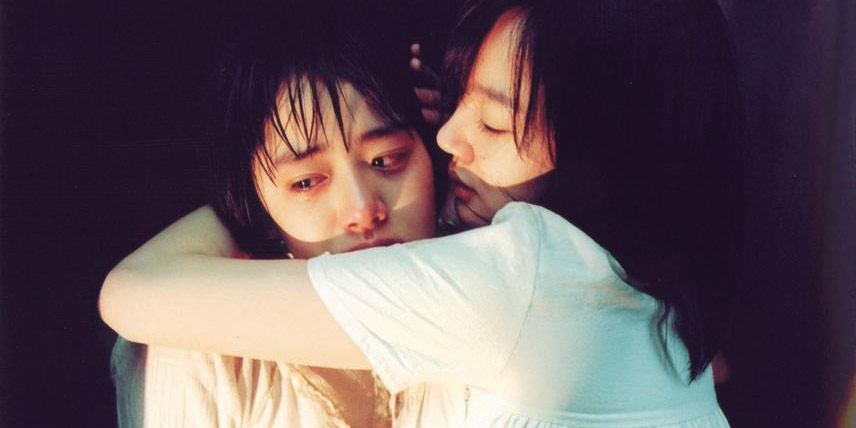Fear For Thought: How watching horror movies helped me work through grief
 CREDIT: A TALE OF TWO SISTERS, CINECLICK ASIA, 2003
CREDIT: A TALE OF TWO SISTERS, CINECLICK ASIA, 2003Watching films like A Tale of Two Sisters (above) can help some viewers to work out their own feelings of personal loss.
I was recently affected by the shock waves of a local tragedy. A significant member of my network and community passed away quite unexpectedly.
Even as an acquaintance, being forced to accept this person’s sudden absence was acutely jarring and surreal. It was as if a crater had been blown wide open in the middle of the city by an invisible warhead that could never be dislodged.
In my sorrow I found myself turning to some of my favourite horror films: The Shining, The Others and A Tale of Two Sisters. It felt natural to resort to one of my most enjoyed pastimes as a means of comfort. But since the fictitious subject matter concentrated on what I was attempting to escape from in reality, I also briefly wondered if my chosen method of coping was appropriate.
Horror movies are notorious for their extreme imagery. As a fan and amateur critic I am constantly asked where I see the appeal in all the gore and exploitation.
My answer is that like any other medium (books, video games, music), it is of the utmost importance to think critically by considering how an image is actually framed within a narrative.
Essentially, a poorly-told story has no point. It loosely threads titillating plot points together in order to fool consumers into paying it the attention it so richly does not deserve.
Conversely, a well told story, horrific or not, is designed to take us somewhere. It presents a challenge that intrigues us and makes us care enough to see the characters through to the end, a final destination where we find gratification in having gained more insight into the meaning of our existence, even if it requires having to go through a painful or difficult process first.
In fact, a study conducted by Thomas Straube of the Friedrich Schiller University of Jena in 2010 outlined the science behind this process. By scanning the brains of horror movie viewers, he discovered that instead of activating the amygdala’s fear responses, the films sparked the visual, insular and the dorsal-medial prefrontal cortices. These are the sections of the brain that process images, regulate self-awareness and solve complex problems.
Straube’s study proves that the process of watching horror ignites self-evaluation by compelling viewers to draw parallels between the imagery and their own experiences. This explains how watching the aforementioned titles was helpful in that I was able to project myself onto the protagonists and watch them confront the grief, fear and helplessness that I too was experiencing.
It takes time to patch up the crater which loss creates; to reconstruct the area around it and move on. But by watching my favourite horror movies, I have at least begun to pick away at my tangled knot of emotions. Hopefully it is at the heart of this knot where some sort of resolution lies in wait.
















